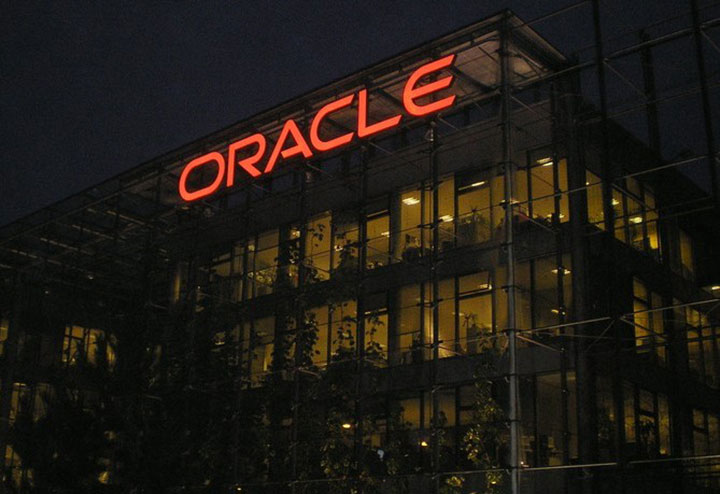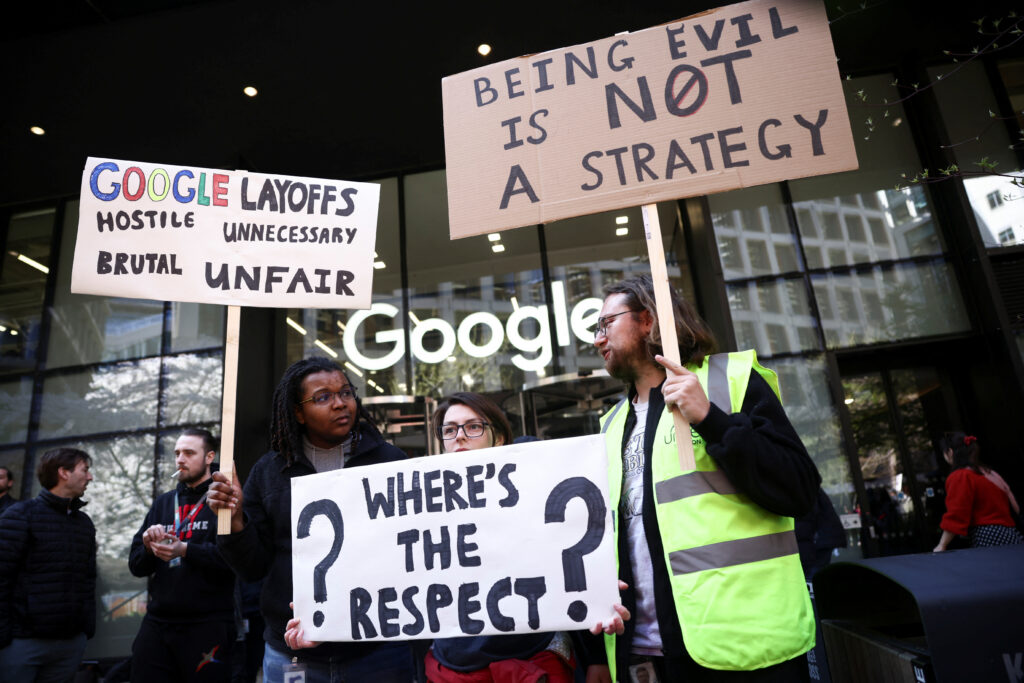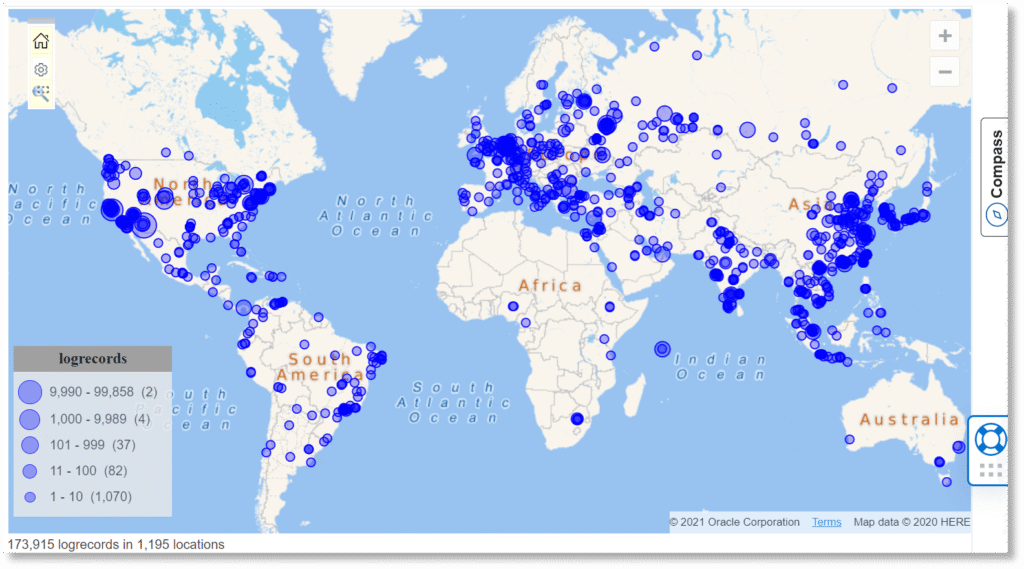When did a 45-year-old software giant become the backbone of today’s AI boom? You might say the moment came earlier this week, when Oracle declared it now expects $455 billion in booked future contracts—a jaw-dropping leap that propelled its stock nearly 40% higher, and its CEO, Larry Ellison, into the ranks of the world’s richest people.

A Cloud on Fire: AI Demand Locks In Oracle’s Meteoric Rise
Is there a clearer sign of victory than triple-digit growth projections? Oracle just raised its full-year cloud infrastructure outlook to 77%—from just 70% a few months back—and expects that number to hit as high as $144 billion within four years. The latest quarter closed with $14.9 billion in revenue, including a blistering 55% surge in IaaS (infrastructure cloud) alone.
What’s driving this? Massive AI contracts. Oracle sealed four multi-billion-dollar deals with tech titans like OpenAI, Meta, Nvidia, and xAI—cementing itself as a key enabler of the AI wave. Suddenly, a company once mocked for being slow to the cloud is looking like the fastest horse on the track.

Ellison Takes the Crown While Workers Feel the Heat
If profits and prestige were the only metrics, Oracle would be untouchable. CEO Larry Ellison just leapfrogged Elon Musk in global wealth rankings, thanks to the company’s surging stock. Imagine that—a man who once built databases for Wall Street now sits atop the billionaire leaderboard.
But behind the champagne toasts, not everyone is celebrating. Oracle has quietly laid off staff in India and other regions, even as demand for its AI cloud soars. Some call it “strategic tightening.” Others see it as a warning sign that scaling this fast has real costs. How long can Oracle ride this growth wave before employees, regulators, or customers push back?

Beyond Silicon Valley: Oracle’s Global Strategy in Motion
Oracle’s success isn’t built in a vacuum. Its distributed cloud model—designed for edge environments, sovereign AI workloads, and multicloud partnerships—is quickly becoming a necessity. In an era of rising digital nationalism, where countries want AI trained and hosted locally, Oracle’s “cloud everywhere” pitch is music to governments’ ears.
From healthcare systems storing patient data in secure sovereign clouds, to financial firms demanding lightning-fast analytics, Oracle is building itself into an indispensable layer of digital infrastructure. That’s no small pivot for a company once pigeonholed as a database vendor.

The Bigger Question: Can Oracle Keep This Pace?
The AI gold rush has no shortage of winners and losers. Today, Oracle looks like one of the biggest winners. But skeptics warn that ballooning backlogs don’t always translate into long-term revenue. Competitors like Amazon Web Services, Microsoft Azure, and Google Cloud are sharpening their knives—and they won’t cede ground easily.
Still, the message from Oracle’s leadership is clear: this isn’t a sprint; it’s a marathon. And they’re betting that with AI demand exploding worldwide, Oracle’s early bets on cloud infrastructure and sovereign compliance will keep it ahead.
Oracle is racing full speed ahead into the AI-driven future, and right now, it looks like everything—and everyone—is in the fast lane.
But here’s the question lighting up social feeds: as Oracle shifts into overdrive, should customers be cheering the infrastructure power, or worrying about the growing pains of a company scaling at rocket speed?
Because make no mistake—the stakes aren’t just about cloud contracts and billion-dollar valuations. It’s about who controls the backbone of tomorrow’s digital world. Will Oracle’s breakneck growth make it a trusted guardian of the AI era, or will cracks start to show under the weight of its own momentum?
Thanks For Reading